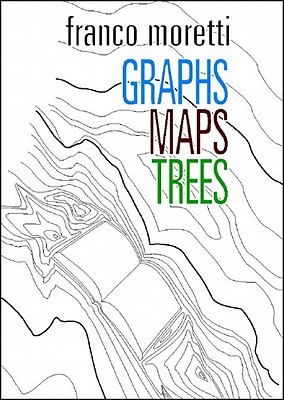 Just finished reading Graphs, Maps, Trees: Abstract Models for Literary History by Franco Moretti. As a writer, I found Moretti’s perspective to be refreshing. He’s not deconstructing literature. He’s not parsing literature through individual perspectives and casting a kaleidoscope of meaning upon the wall. Instead, Moretti includes the 99% of the canon which is overlooked and aims to discover patterns through distance.
Just finished reading Graphs, Maps, Trees: Abstract Models for Literary History by Franco Moretti. As a writer, I found Moretti’s perspective to be refreshing. He’s not deconstructing literature. He’s not parsing literature through individual perspectives and casting a kaleidoscope of meaning upon the wall. Instead, Moretti includes the 99% of the canon which is overlooked and aims to discover patterns through distance.
One part, in the section Trees, focused on detective fiction and the use of clues as a literary device. Invoking Darwin, Moretti classifies works through traits which are present or absent. In this example, the traits are clues and Moretti clusters works in which clues are absent; evoked; symptoms (medical); present, but not necessary; visible, but not decodable; and decodable. By looking at these trees over time, Moretti makes the argument for how the genre of detective fiction came to resemble a genre. Writers try, experiment, fail or succeed, and refine the process. As Arthur Conan Doyle competed for readers with other writers during the time period, he had the most success. Was it due to Sherlock Holmes or was it due to his ability to more readily recognize and adapt to his readers and the genre?
If our own time were analysed, how would zombie fiction or supernatural love stories look? Are writers in those genres paring down the process to what sells? What about the genre of literary fiction? Has enough time passed that we can hone in on the patterns? How would you approach literary fiction in this way?

